
Review on Enhance Automotive Performance with 8MILELAKE 21pcs Handheld Vacuum Pump Set Tester and Brake Bleeder Test Kit by Eric Surabhi

Like rather than dislike.
Not a bad device. An excellent and versatile tool to complete the collection if used carefully. Can be used to reverse fluid through a system (e.g. motorcycle front brake), check two-stroke crankcases, boat front drives, etc. Not the best vacuum pump, but sufficient to pump liquid. The first block produced only -15 in pounds, the second replacement was better producing -19 in pounds at 5500 feet. Requires much more compression action to set vacuum than other types of intake pumps. The pressure in the other mode builds up very quickly. The handle is much harder to squeeze than expected (compared to a single vacuum pump) and the handles extend to the point of being very uncomfortable for small hands, but they can be used. The handles are nicked and covered with a nice grip. Housing (red) aluminium, piston inside steel with O-ring for sealing, nozzle steel chrome-plated, pressure gauge has a rubber edge and glued to seal, do not remove pressure gauge (I thought there was nothing to seal the threads, and maybe this has to my lower reading vacuum contributed) The only plastic parts in the pump are check valves. The rubber shafts of the first pair began to diverge even when packing the return pipe at the branches, the device did not experience any liquid, frankly, it's not so bad. Holds vacuum and pressure readings for half an hour or more. Can be switched from vacuum to pressure and the reading will only drop a pound during the transition and keep going (you can slowly modulate the vacuum or pressure relief by flipping the pump to the opposite position and pressing the buttons). Both devices generated a pressure of 40 psi with no problems. The resolution of the vacuum side of the gauge is tiny but usable (only 1/8 of the gauge surface is used). The gauge was accurate. As with all of these things, getting brake fluid in the pump is a no-go. It will be damaged immediately. I use a lawnmower fuel filter or two in front of the pump when working with any type of fluid just in case there is a problem. You can reduce the likelihood of liquid being sucked into the pump by inserting the longest hose into the lid of the housing in the drip tray in the same way you are squeezing the liquid out of the tray. The case is nice (no smell), all the different attachments stay in the lid, and the attachments fall out easily but actually stay. The black fittings are soft rubber and I have found them to be more useful than the hard plastic fittings found in kits of the past. I didn't fill in the brake fluid, I'll leave it for the vacuum test. The elasticity ensures a better seal. I would clean everything with an orange based degreaser immediately after use, especially when transferring brake fluid. (Usage is defined as about less than 1 hour exposure) With the $55 saved I could buy another manual vacuum pump (about $21) for high vacuum diagnostics and a specially designed pneumatic brake fluid valve (about $34) and have a more appropriate collection for reference during repair. A manual would actually be very helpful for a beginner, but all vacuum reading illustrations show the gauge pointer in the FYI pressure zone. The technical data seem to be correct. Good day!
- Absolutely amazing!
- Useless functions
New products
Comments (0)
Top products in 🔧 Brake Tools
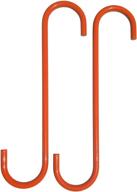
JQuad Safety Orange Powder Caliper

9 Review
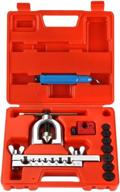
Wostore Double Flaring Tool Kit with Copper Line Tube Cutter: The Ultimate Solution for Precise Flaring!

35 Review

🔧 Lang Tools 279-5420 279 Brake Caliper Press: The Ultimate Solution for Efficient Brake Caliper Maintenance

9 Review
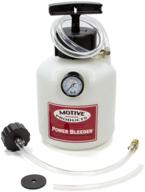
🚗 Motive Products 0100 European Power Brake Bleeder Kit - Efficient Brake System Maintenance for European Vehicles

9 Review
Another interesting products
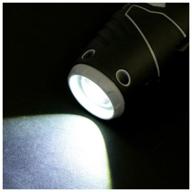
Rechargeable screwdriver OA-3,6F (433.0.2.00), 3.6 V, 1.3 Ah Li-ion, blister

46 Review
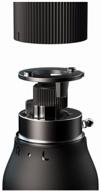
Xiaomi Mijia Ratchet Screwdriver 16 in 1 Screwdriver with Interchangeable Bits, 10 pcs, Black

22 Review

Tool set Ombra OMT82S12, 82 pcs, brown

22 Review
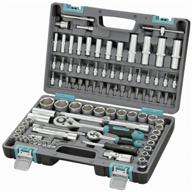
Bit and socket set Stels Tool set, 1/2", 1/4", CrV, plastic case 94 pcs, Stels, 94 pcs, black

46 Review

